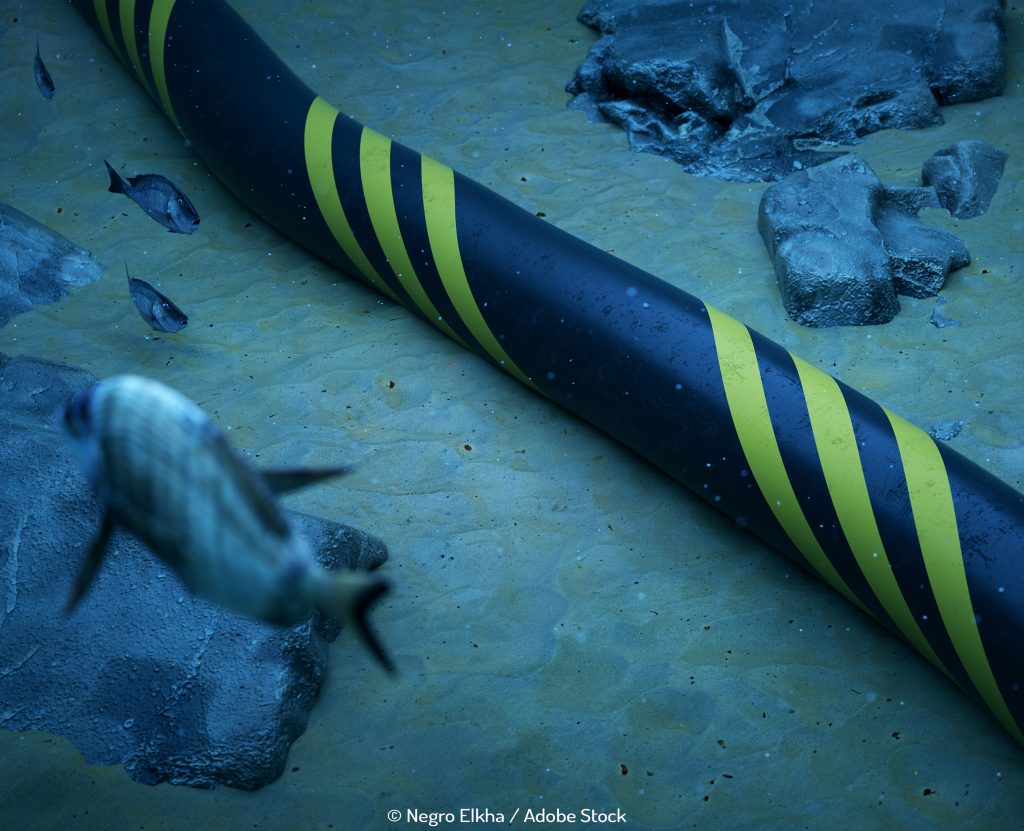
The renewable wind energy industry is innovating to solve the problems of tomorrow, today
The renewable energy industry has always been one of innovation. To overcome the natural conservatism of the traditional power generation companies required perseverance and clever solutions. To constantly improve the commercial viability of renewable energy has been a testament to the entrepreneurial spirit and positive attitude of an entire industry. But not all the challenges have been overcome and to solve future energy needs we will continue to require the brightest minds innovating new and novel solutions for the commercial market.
A Norwegian start-up, Wind Catching Systems, has recently received first round external funding for their completely new floating offshore concept. Not convinced the single turbine solution is the right one for floating offshore wind they have designed a large multi-turbine system that they say can produce up to five times the energy of a traditional three bladed turbine. The full-scale design will include over 100 smaller turbines in a 300m floating structure that reduces design, construction, maintenance and operational costs. Using a turret mooring system similar to offshore applications that has proven its efficiency. Wind Catching Systems expects the completed design to deliver floating wind energy at bottom-fixed costs.
North Energy and Ferd, two Norwegian industrial investment companies, have each subscribed for NOK 10 million of new shares and will now own around 30% each of Wind Catching Systems. Basic design of the innovative floating structure is currently being completed, with wind tunnel testing due to be conducted this summer. Results of the tests will allow for further optimisation of the design and unlock the next phase of the project.
Vertical Axis Wind Turbines (VAWTs) have long been dabbled with on land, but because of material fatigue and reliability issues they have never really taken off. New research by Oxford Brookes University may breathe life into the VAWT concept for offshore applications. Using over 11,500 hours of computer simulations the research team, led by Professor Lakovos Tzanakis, proved that large scale VAWT farms are more efficient than their standard Horizontal Axis Wind Turbine (HAWT) cousins. Paring up the VAWTs in large-scale grid formations provided 15% increased power output. The research could be a significant step on the route to more efficient offshore farms in the future.
Another turbine technology that is looking promising does away with blades altogether. Utilising the phenomenon of vortex shedding, vortex-induced vibration wind generators use oscillations induced by air-flow to generate electricity. A Spanish start-up, Vortex Bladeless, was recently selected as a member of Equinor’s energy accelerator program. Vortex Bladeless will develop their bladeless cylinders for the residential market believing there is significant untapped potential in the low-power sector.
Innovation is not just about revolutionary new technologies but also about the smaller evolutions of existing solutions. Material technologies are constantly being evaluated and upgraded. In particular, as ever larger and more efficient blades are being demanded. GE are getting involved in a two-year research project by the US-based Oak Ridge National Laboratory and the National Renewable Energy Lab to deliver a fully 3D printed blade tip that, if successful, will significantly reduce manufacturing costs.
Companies, research institutes and private individuals are constantly looking to improve and disrupt the status quo. With huge energy challenges still to be solved as the world moves to a carbon neutral existence, it’s good to know technology innovation continues at pace in our industry.


